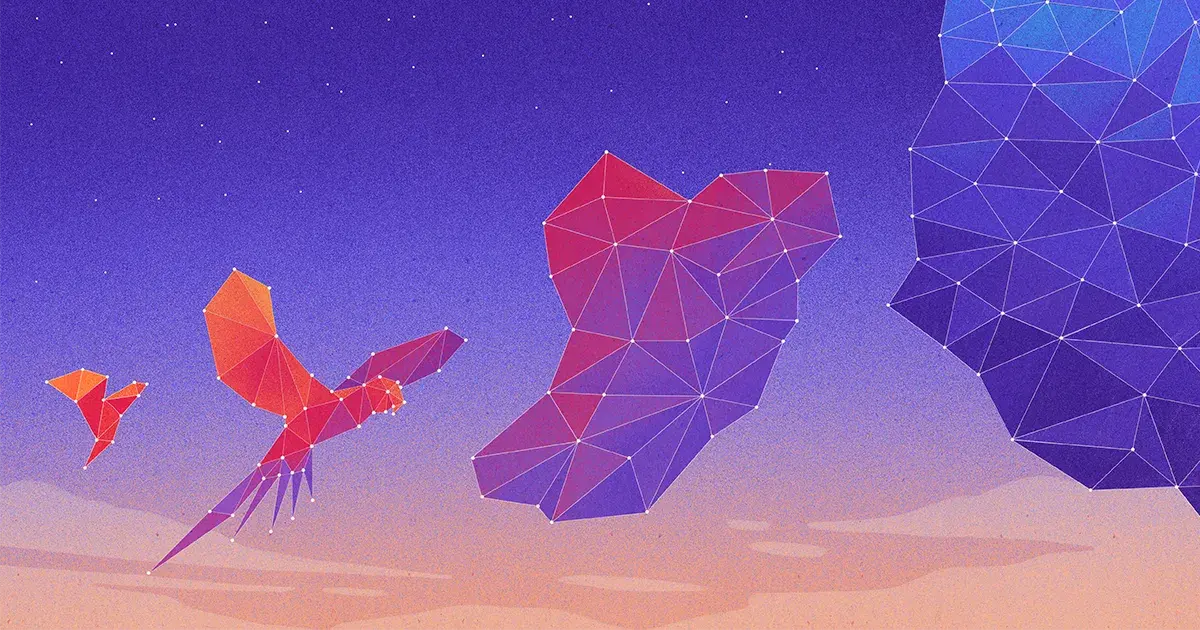- cross-posted to:
- futurology@futurology.today
- chatgpt@lemmy.world
- cross-posted to:
- futurology@futurology.today
- chatgpt@lemmy.world
I’ve been saying this for about a year since seeing the Othello GPT research, but it’s nice to see more minds changing as the research builds up.
Edit: Because people aren’t actually reading and just commenting based on the headline, a relevant part of the article:
New research may have intimations of an answer. A theory developed by Sanjeev Arora of Princeton University and Anirudh Goyal, a research scientist at Google DeepMind, suggests that the largest of today’s LLMs are not stochastic parrots. The authors argue that as these models get bigger and are trained on more data, they improve on individual language-related abilities and also develop new ones by combining skills in a manner that hints at understanding — combinations that were unlikely to exist in the training data.
This theoretical approach, which provides a mathematically provable argument for how and why an LLM can develop so many abilities, has convinced experts like Hinton, and others. And when Arora and his team tested some of its predictions, they found that these models behaved almost exactly as expected. From all accounts, they’ve made a strong case that the largest LLMs are not just parroting what they’ve seen before.
“[They] cannot be just mimicking what has been seen in the training data,” said Sébastien Bubeck, a mathematician and computer scientist at Microsoft Research who was not part of the work. “That’s the basic insight.”



The definition of understanding they use is very shallow compared to how most would define it. Failure to complete a task consistently when numbers are changed, even when they don’t effect the answer shows a lack of real understanding to most. Asking a model the sheet drying question for example will give different results depending on what numbers you use. Better models are better at generalizing but are still far from demonstrating what most consider to be real understanding.
at some point don’t we just load it with every angle we (as humans) have and from there it can derrive not only our best answer but the better one as well? I mean isn’t that when even the shitty version of this ursups is?
A language model can’t determine good from bad because it’s only trained to predict the next token based on what it has seen.